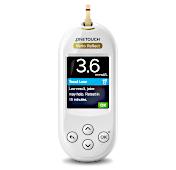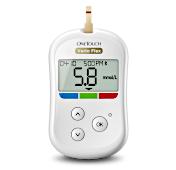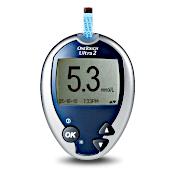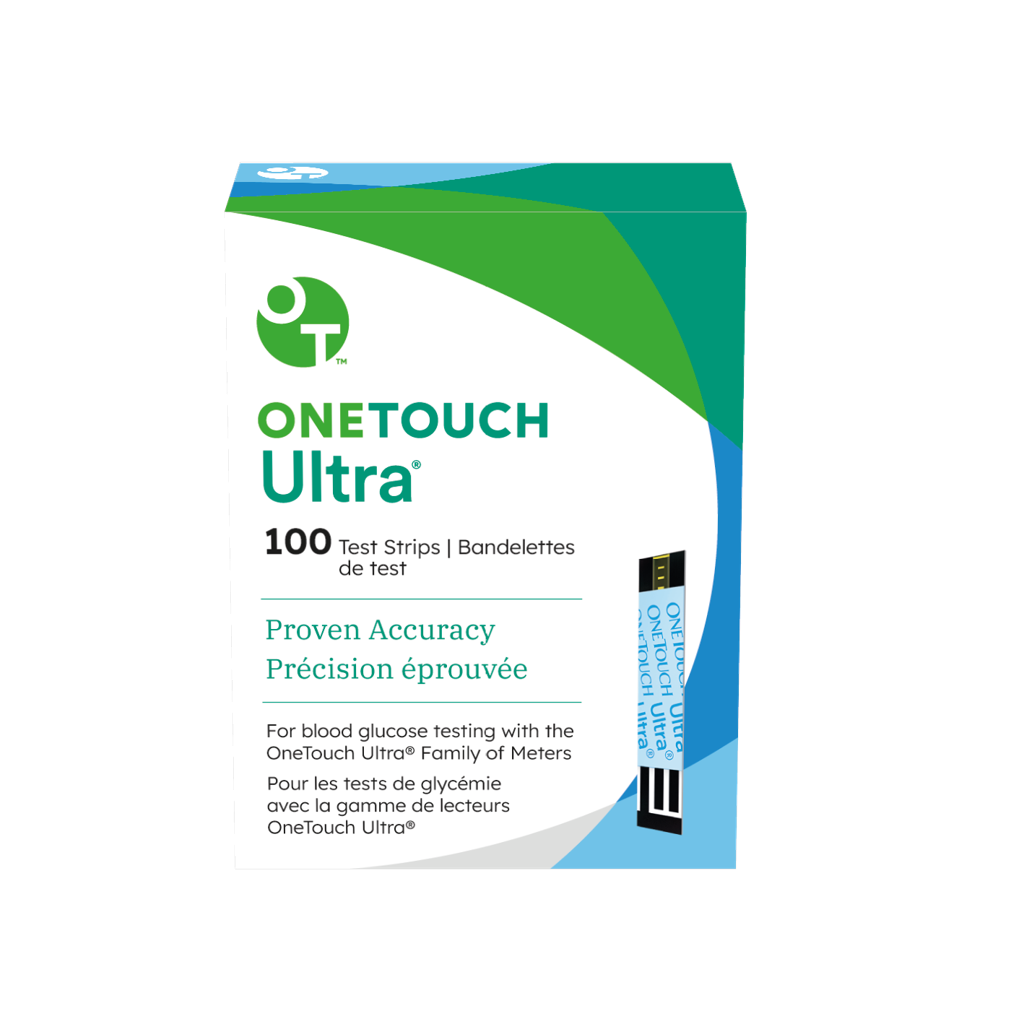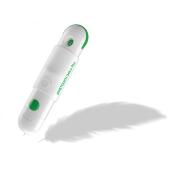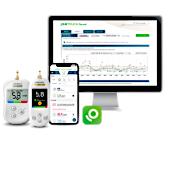Understand Your Blood Glucose Test Results

Get the most out of your blood glucose test results – know what they mean, when to test, and how to respond.
Daily glucose tests, routine A1C lab tests – that’s a lot of numbers to make sense of, which can be intimidating. Try to see them as your body talking to you. It’s telling you if there are things that throw your blood glucose levels off, when this is happening, and if you need to do something about it. Knowing what your numbers mean can help you better manage your diabetes and have more days feeling at your best.
What is a normal glucose level:
Diabetes Canada recommends an A1C of less than 7%.1 For blood glucose, the recommended target ranges are 4-7 mmol/L before meals and 5-10 mmol/L two hours after a meal. It’s a good idea to sit down with your healthcare professional and discuss what target ranges are right for you. Things like your age, medications and time of day can impact your levels.
If you start the day with a fasting test:
A fasting blood glucose test sets a “benchmark” for the day. It tells you how you did through the night, and also reveals how well your liver is working – which is responsible for releasing glucose as you sleep.
If you test 2 hours after meals:
This is an immediate way to know how your meal plan might be affecting your blood glucose levels. Diabetes Canada recommends an after-meal target of 5-10 mmol/L.1 Your results will tell you if you need to adjust what you eat or by how much. Make sure to keep in mind that the two hours is timed from the start of your meal.
If your glucose is low, take action right away:
It’s normal for glucose levels to go up and down over the course of a day. But know when they’re too low. Hypoglycemia happens when your blood glucose (measured with your meter) goes below 4 mmol/L. Learn how to recognize the symptoms of hypoglycemia and ways to manage it.
Track your highs and lows:
Writing down your results will help you learn how things like meals, activity and medication affect your blood glucose. Is your glucose often low before breakfast? Or after you work out? With time, you’ll be able to recognize results that are out of range and learn how to spot any patterns.
Taking an active role in your diabetes care empowers you to make the right choices to reach your targets and better manage your diabetes.
Reference:
1 Ali Imran S, Agarwal G, et al. Diabetes Canada 2018 Clinical Practice Guidelines for the Prevention and Management of Diabetes in Canada: Targets for Glycemic Control. Can J Diabetes 2018;42(Suppl 1):S42-S46.
Related articles
CA-OTB-2100018

